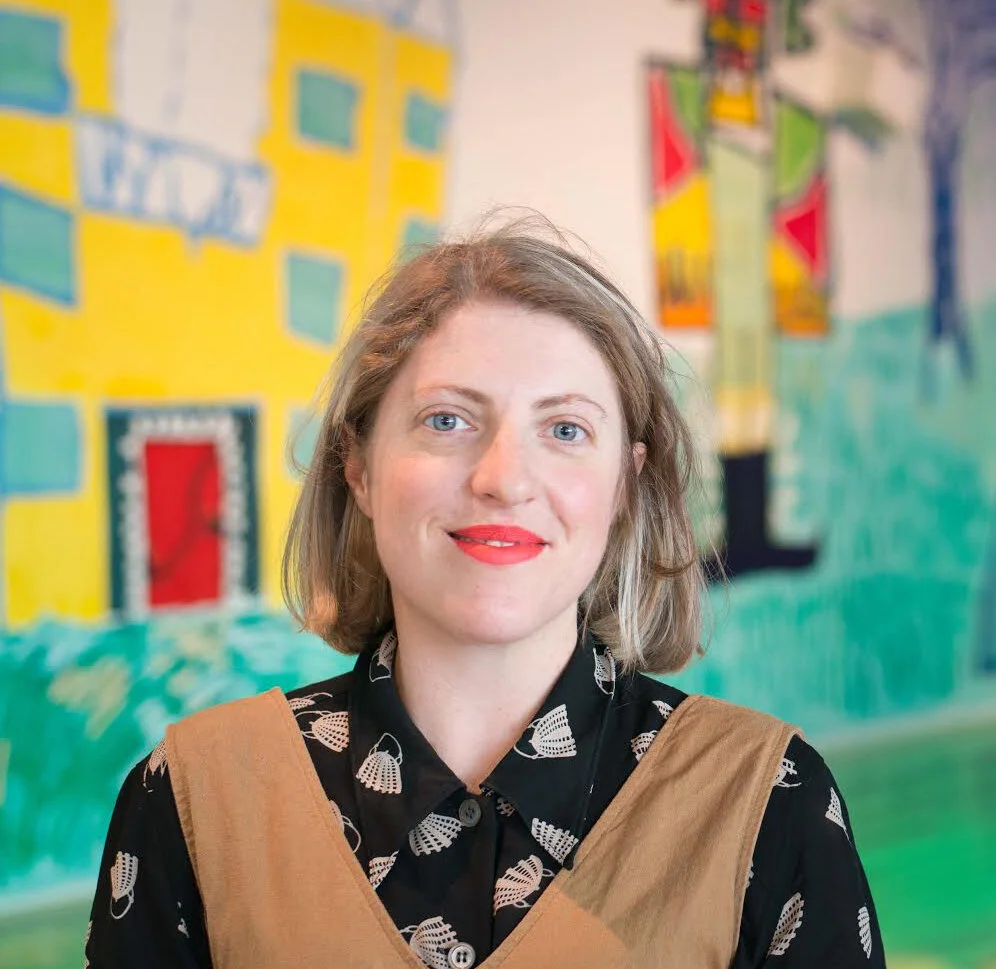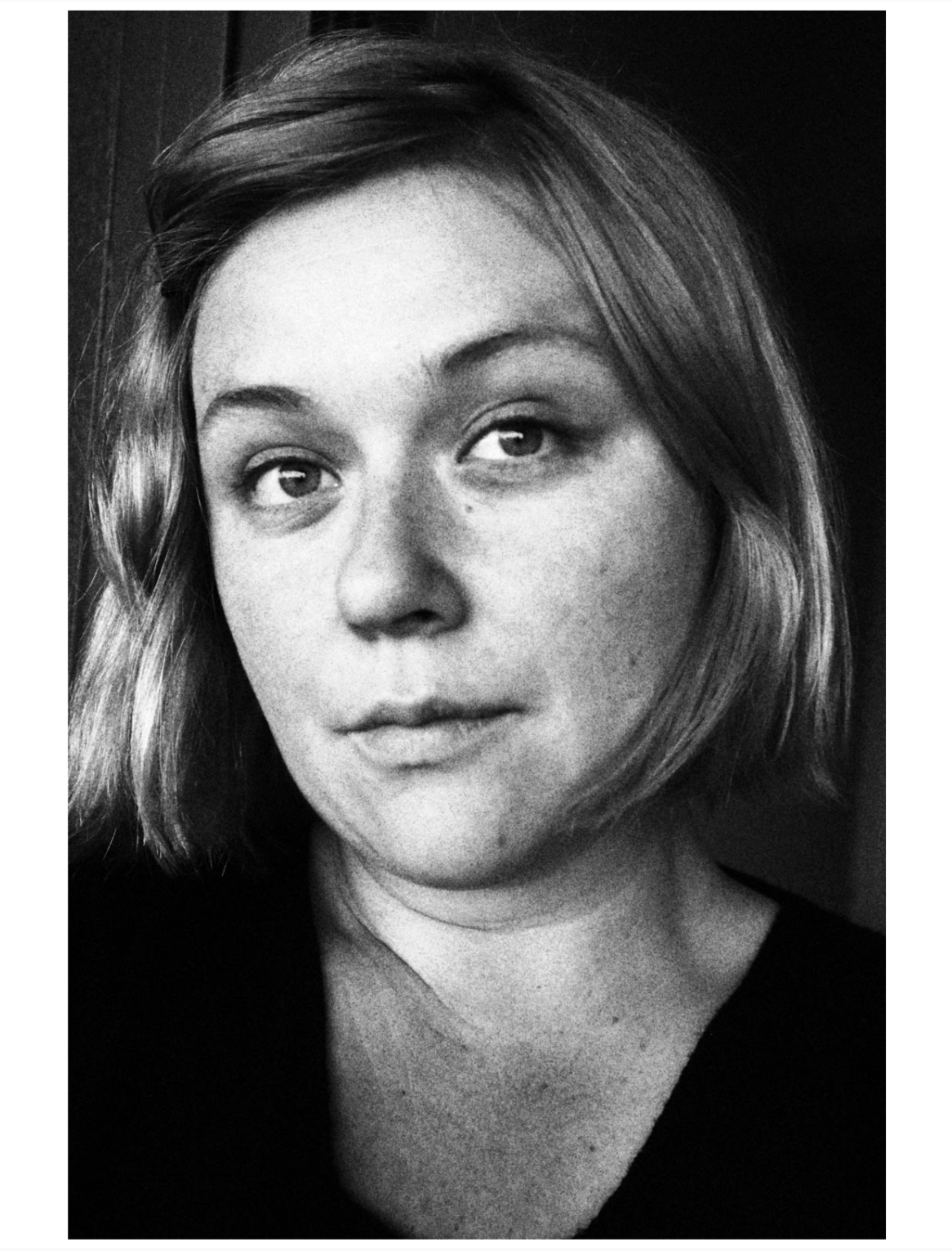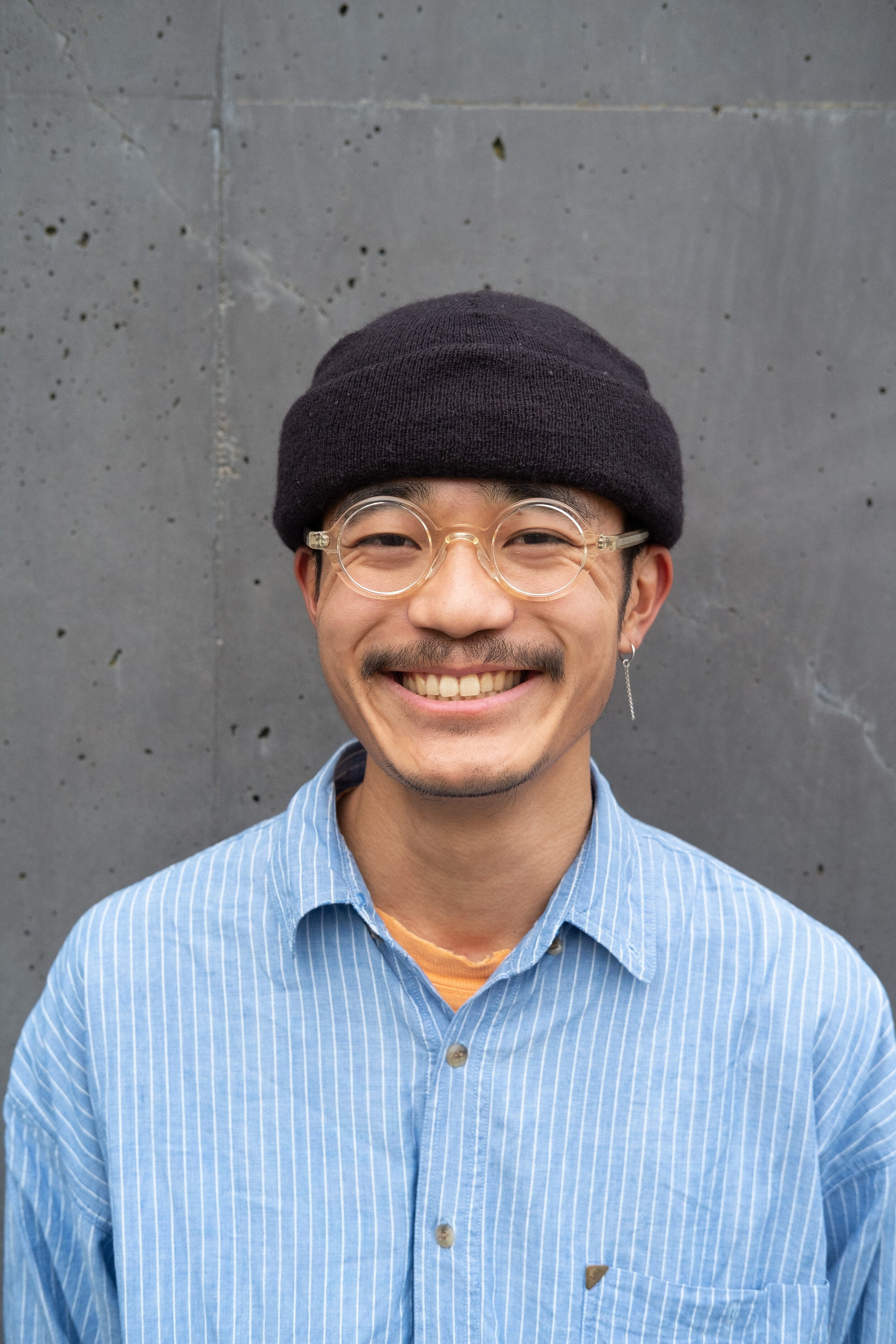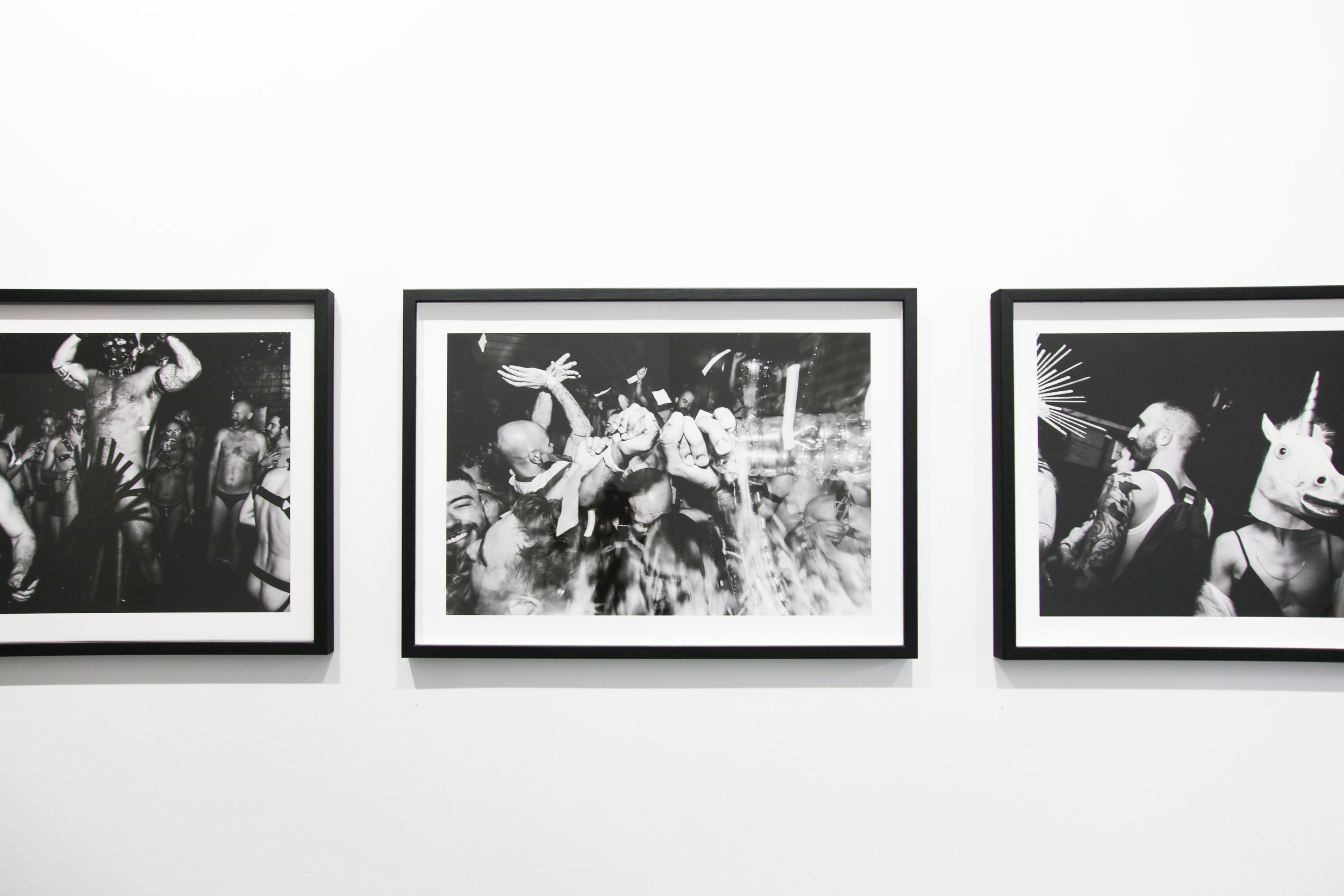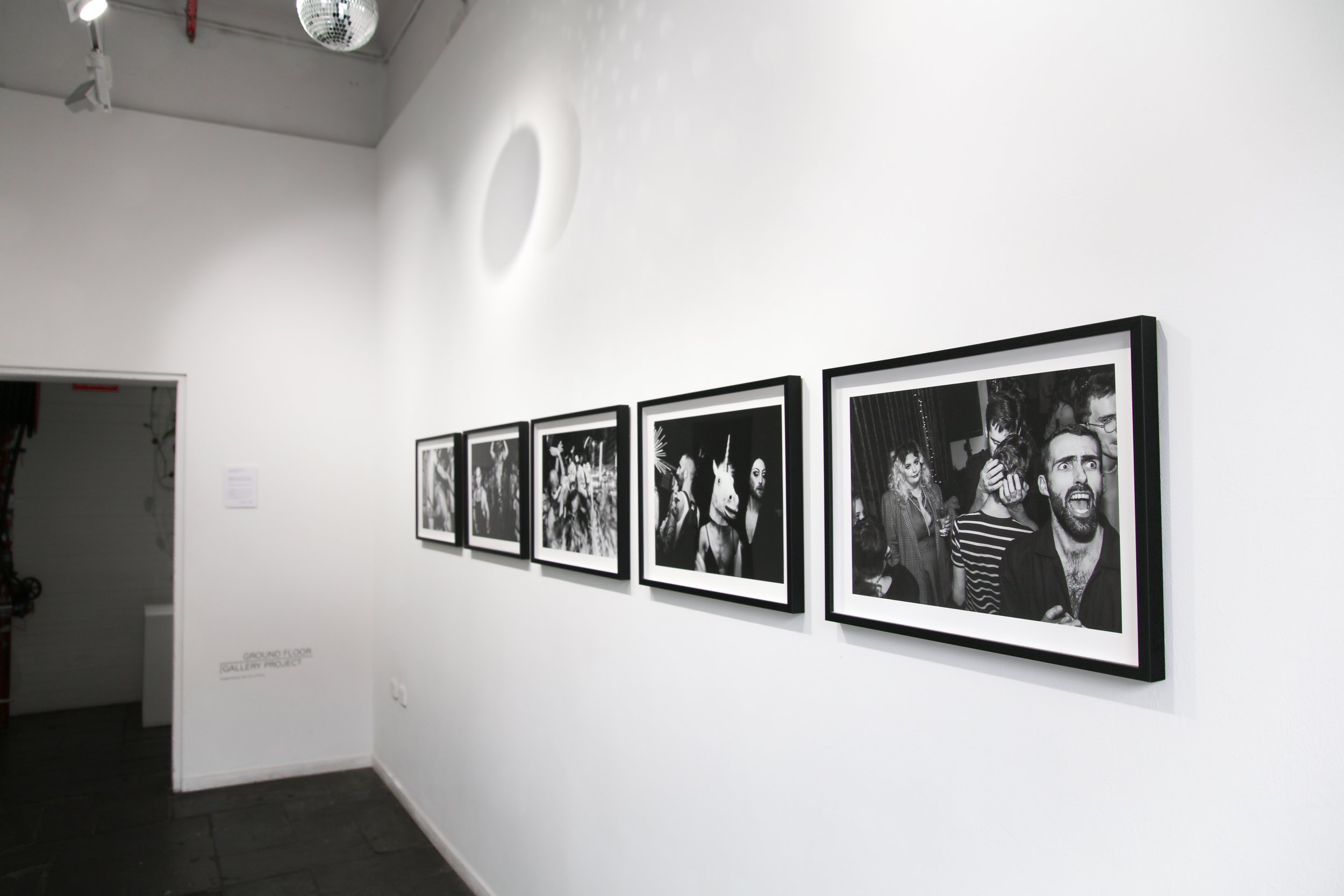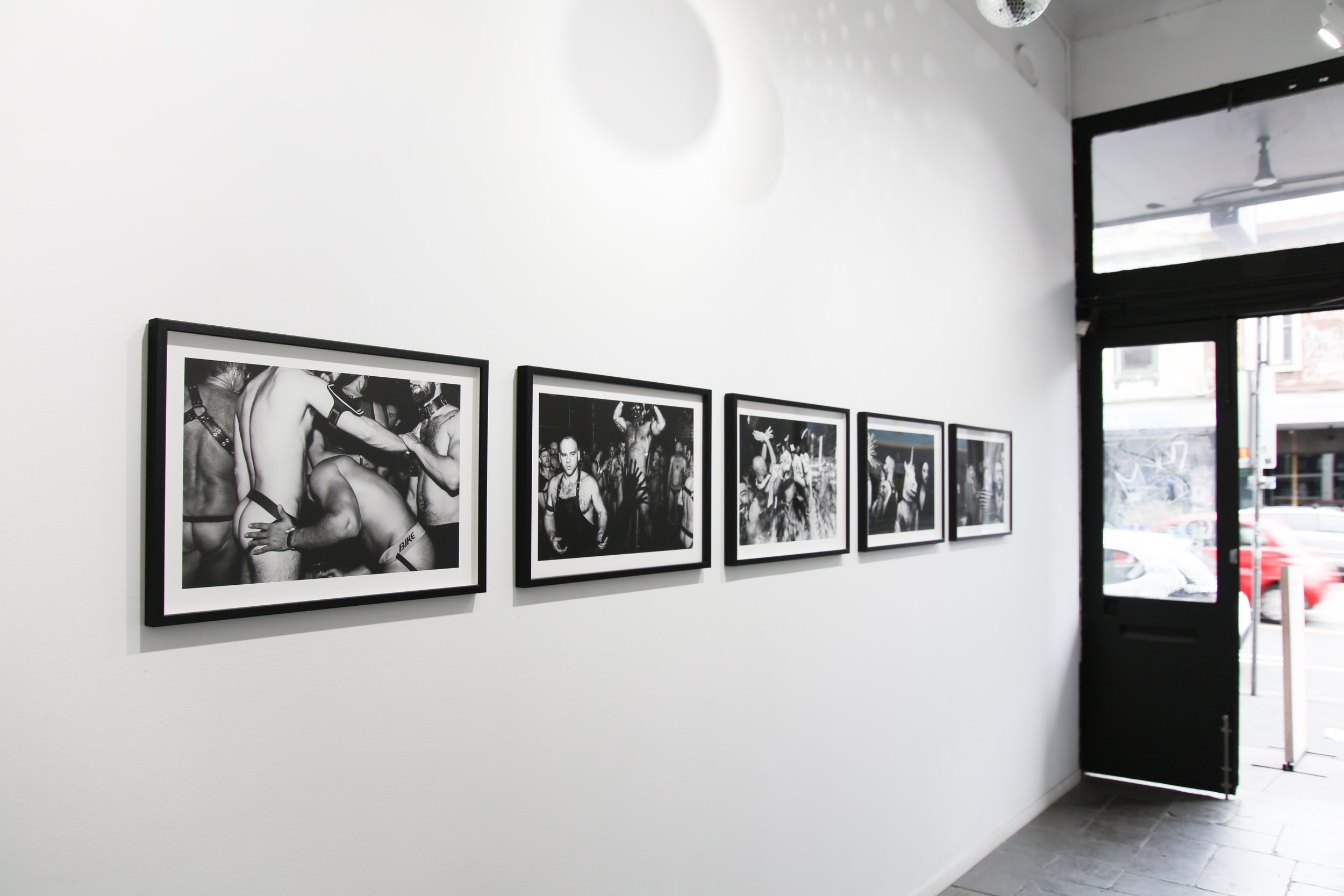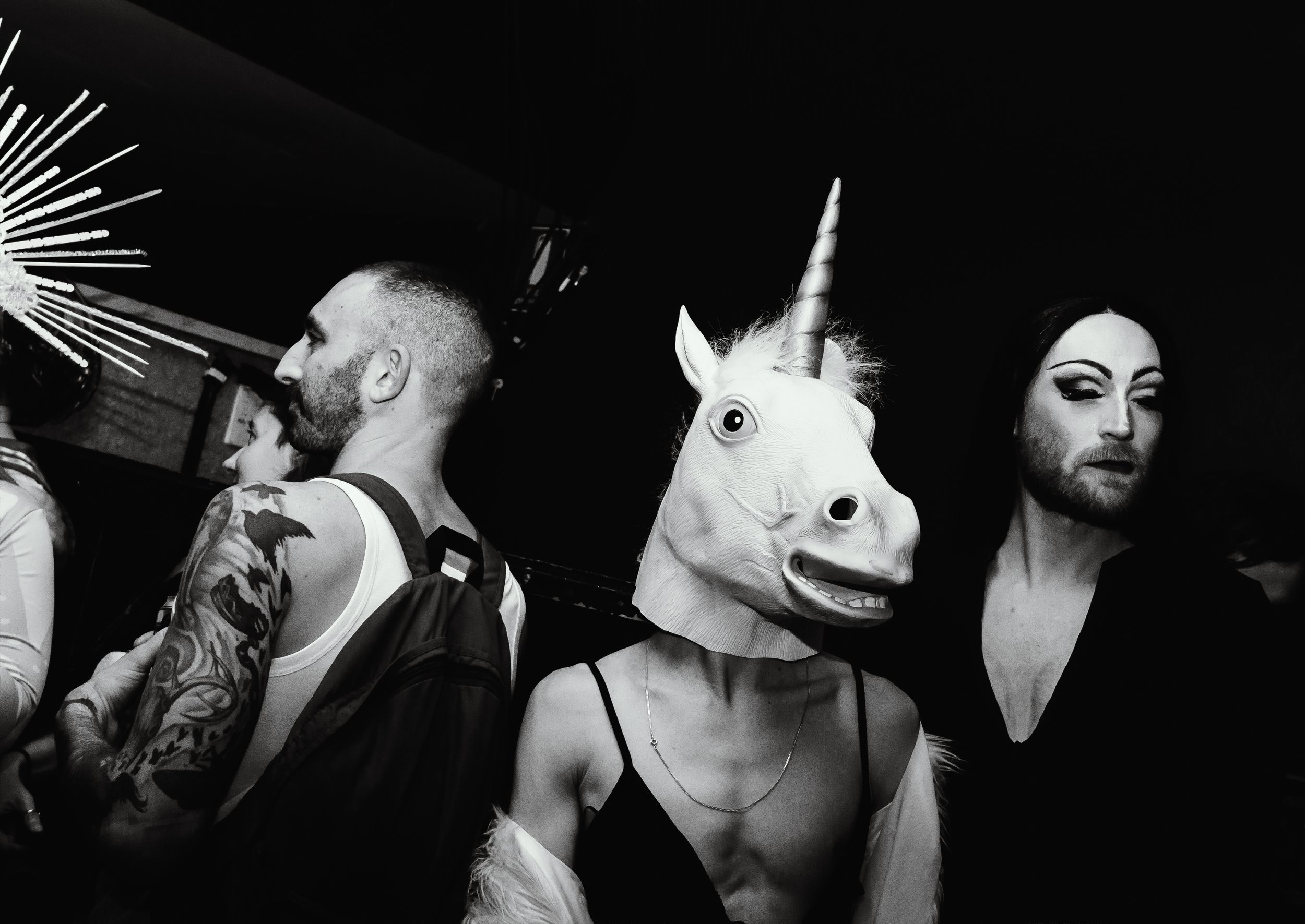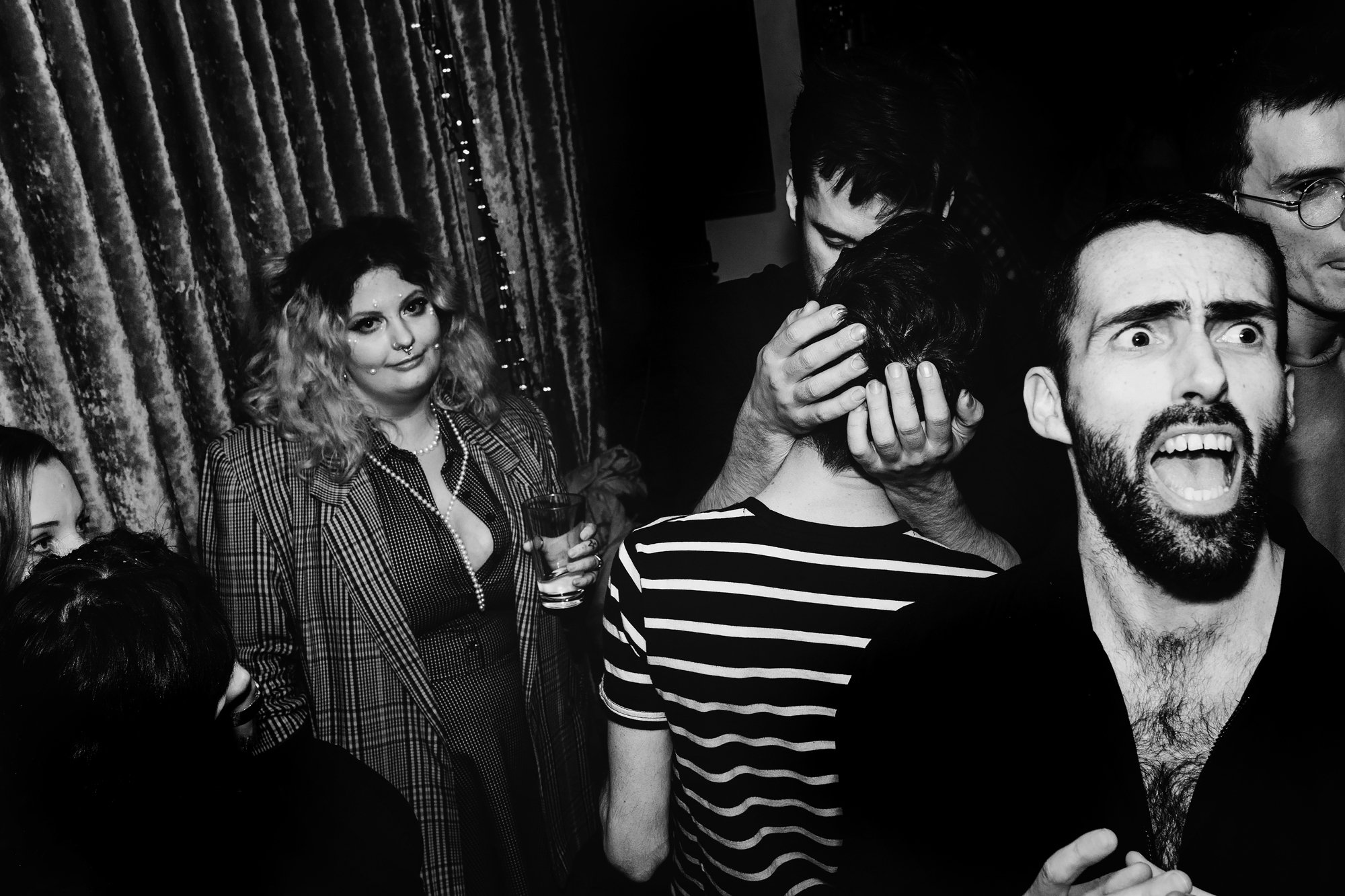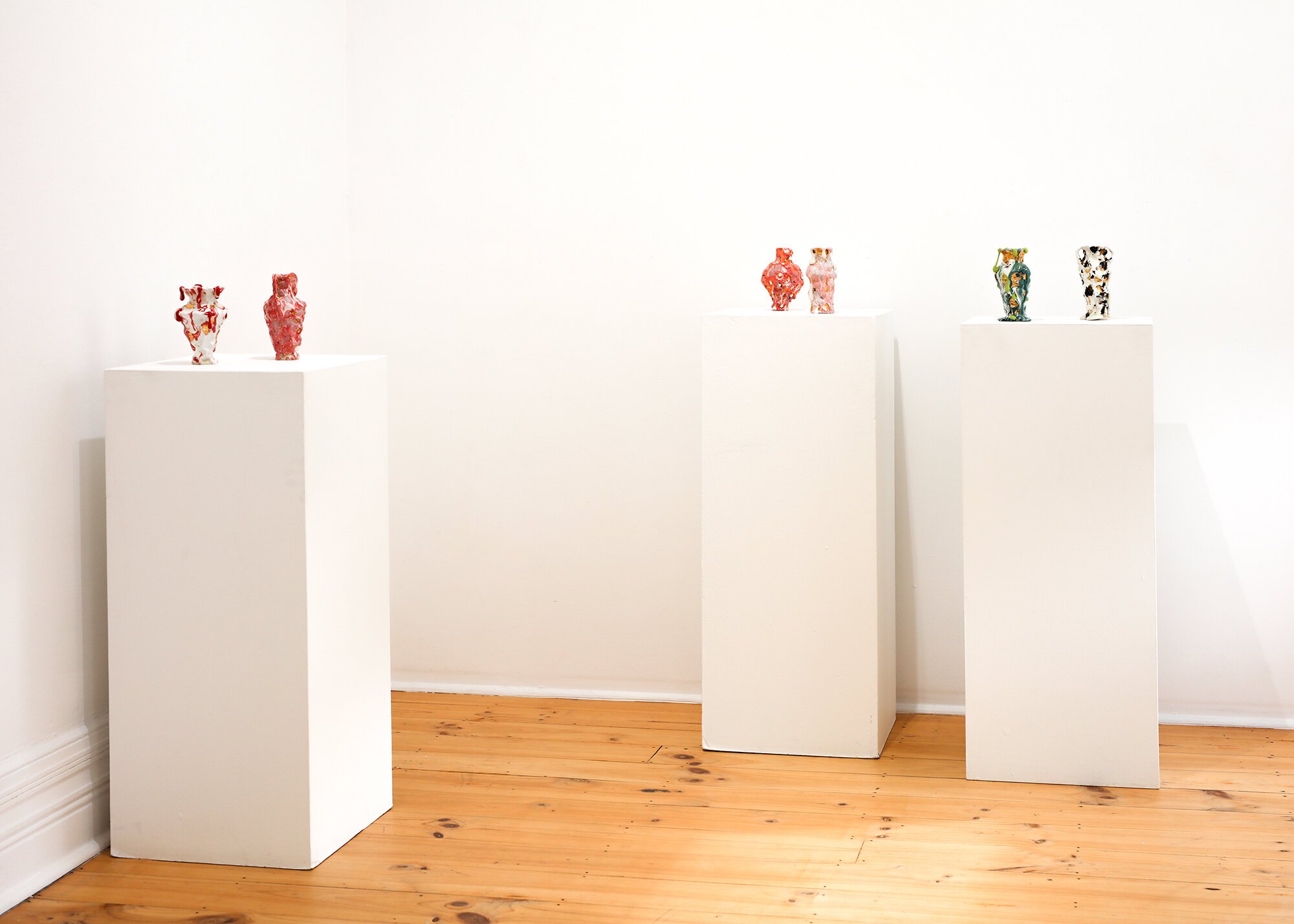Rozalie Sherwood is the recipient of the Clifroy Prize – First Prize at Brunswick Street Gallery’s Small Works Art Prize.
Living and working in the ACT, Rozalie Sherwood is an artist who has textiles at the heart of her work. Her practice is to develop conceptual work that embodies the emotion generated by a story or an experience. She aims for her work to be a container for those stories and experiences.
What medium(s) do you work with, and why have you chosen them?
My favoured materials are textiles and inks and I am drawn to using recycled fabrics and objects. Using intuitive lines in preference to precision, I embrace and highlight the accidental in my work. And I love to create surprise by combining textiles and thread with harder edged surfaces, sometimes acrylic sheeting or plastic tubing.
Textiles have always been a big part of my life. And my background and training in the fashion industry gave me a love for and familiarity with the medium.
Can you elaborate a little more on your making process — how does your artwork get from initial concept to exhibition stage?
As an example, recent work has come from a month long stay in Goma, on the eastern border of Congo (DRC) in 2019. It’s a country that’s been disrupted by war, poverty, corruption and tribalism. In that environment, women’s lives are incredibly difficult and dangerous.
As I started making each work, I realised that there was a particular story on my mind that I wanted to tell, and that it came from my observations, experiences and conversations with people, mostly women. And making the work was helpful to me in processing the experience and in allowing me to keep telling that story without boring people.
Sometimes I put quite a lot of planning into a piece, and at other times only a little. An idea can come from an experience, a news headline, beautifully written words…. Initially I make notes in a particular notebook and ideas can sit with me for quite a long time. When I’m working towards an exhibition I start a Word document that I progressively make more notes in, adding to it every few days as I’m developing the idea into a piece of work and the story that I want to tell that relates to the theme of the exhibition.
When I get down to making, I have learned to do a little and then stand back for a while. I have also learned that it works best for me to have several pieces on the go all the time: painting on one, stitching on another, looking from one piece to another, working out where to go next.
Who or what are the biggest influences on your work?
I am inspired by telling a story, by using my work as my voice because I can make it stronger and longer-lasting than my physical voice in many ways.
Seeing other artists’ work and visits to galleries are also important to me. Often after visiting galleries I seem to have fresh ideas that have nothing to do with what I’ve just seen. It seems as if ideas are waiting to be found in the atmosphere.
There are artists on Instagram that I follow, people whose work I admire. But I try not to spend too much time there. It’s too easy to start comparing your own work with others.
How do you keep your creative juices flowing? How do you push past creative block?
My nature is fairly self-disciplined and I aim to do something in my workroom every day, even if it is a less creative task. Setting deadlines by arranging meetings with artist friends at which we show each other what we’re working on, drives me to have work ready to show. It is very helpful to have a group of people who ask good questions and are able to highlight what is working well and why.
Can you tell us a little more about your creative working environment/studio?
I work at home in a north facing room that was intended to be the main bedroom in my house. So the walk-in wardrobe is a storage space for all the materials and objects I collect. My workroom has to double as a guest room from time to time, which forces me to clean up. But it’s warm in winter and has good natural light so I’m happy in there with my sewing machines and the paraphernalia of creating.
If you could go on an Artist’s Residency anywhere in the world, where would that be and why?
Either the city of Melbourne or Paris… actually anywhere in Europe.
What’s next for you after your time at Brunswick Street Gallery? What upcoming projects are you working on now?
In October this year I’m exhibiting with two colleagues at the M16 Artspace in Canberra. Also, I’m a member of the Networks Australia artists group in Canberra and we have shows coming up - in March at Altenburg Gallery in Braidwood, in April at the Basil Sellers Exhibition Space in Moruya, and two in 2022 in Grenfell and in Queanbeyan (all in NSW).
What does your selection as one of the winners of this SMALL WORKS ART PRIZE mean to you, and to the future of your practice?
It’s very exciting for me personally to have had my work selected, but it also provides an opportunity for me to highlight the plight of Congo and generate interest. I was so ignorant about the reality of life for people there and I barely know anything now, having only spent a month there, but I want people to know something about Congo. To have some information so as to be able to connect with Congolese people who might come here to live.
I am also very pleased for my fellow textile artists as art has not always been a level playing field for those who choose to work with textiles.
The judge, Elizabeth McCallum’s, statement about my work has given me confidence that it is telling an effective story. And I’m encouraged to continue to find ways to use my work as my voice.








